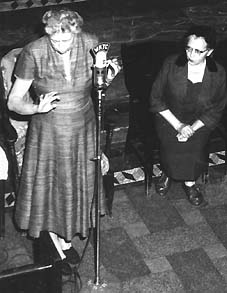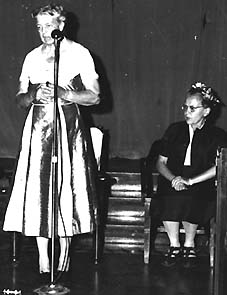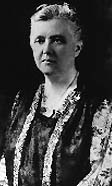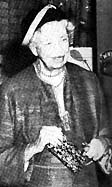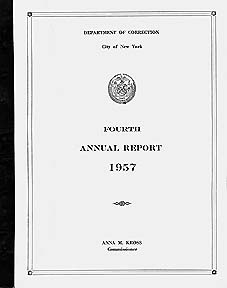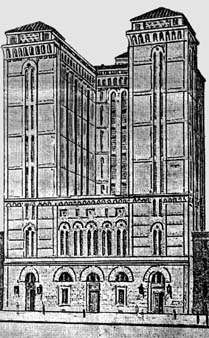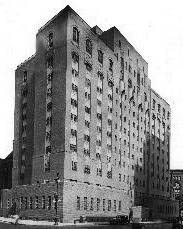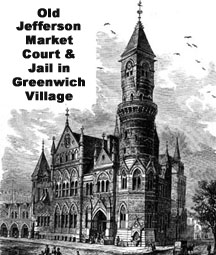History is filled with interesting connections. This is a story about the correction connection of three First Ladies: Katharine Bement Davis, Anna Moscowitz Kross, and Eleanor Roosevelt.
Though from very different backgrounds, their lives connected because of a shared political faith. They advocated progressive reform of social institutions so as to reshape individual lives of the citizenry for the better.
Born to affluence and privilege, Eleanor still experienced emotional hardship. Orphaned at 10, she was raised by relatives who put her in boarding schools here and abroad. But at 19, she felt strong empathy for the needy, so in 1903 she became active in Rivington St. Settlement House as a volunteer teacher to East Side immigrants.
Among immigrants on the East Side then was the family of Maier and Esther Moscowitz. The couple had fled Russia in 1893, with 2-year-old Anna, to escape persecution. Whether Anna growing up ever visited the Rivington Street Settlement is not known but she would have been well aware of it. Known is her own early involvement at another settlement institution popular with Jewish immigrants on the East Side: Educational Alliance. At 17, in 1908, Anna began teaching English there to other foreign-born East Siders. Meanwhile the former executive director of a Philadelphia settlement house was running the Bedford Hills Reformatory: Katharine Bement Davis. The middle name she always insisted on using fully spelled, not initialized, belonged to her maternal grandmother, a major figure in Katharine’s childhood upstate.
Rhoda Denison Bement had been an outspoken abolitionist, Underground Railroad conductor, and feminist who challenged her Seneca Falls church minister’s refusal to announce from the pulpit an upcoming anti-slavery meeting. That resulted in the elders trying and expelling her. Rhoda’s excommunication trial -- studied today in colleges across the country -- prompted the Bement camp in the community to form a new congregation, the Wesleyan Methodist Church. In 1848, it hosted the First Women’s Rights Convention and is now a national shrine as the "birthplace" of the Women's Rights Movement. There’s every reason to believe Rhoda participated in that formal start of the U.S. women’s suffrage drive. Among the reforms introduced at Bedford Hills by Rhoda Bement’s granddaughter, Katharine, as superintendent from 1901 through 1913, was her refusal to follow the era’s standard practice of segregating inmates racially. Dr. Davis (a 1900 Ph. D. from Chicago University) was already known nationally and internationally as a pioneer in progressive penology when reform Mayor John Purroy Mitchel appointed her DOC Commissioner in 1914. That made her the first woman to head any major city agency in NYC history, perhaps in the entire U.S.
Among the facilities on which she first focused were the detention cells of Women’s Night Court where a 23-year-old volunteer attorney, Anna Moscowitz, ran a program providing free legal services to defendants. An NYU Law School graduate, she had begun working for Women’s Court as a special investigator after being admitted to the bar in 1912. That led to the Episcopal Church of the Ascension’s Prison Committee inviting her to head up, as a volunteer under its sponsorship, a program for free legal services to indigent defendants there. She did so from 1914 through 1917, in addition to private practice. Katharine Bement Davis -- first as DOC Commissioner 1914-15, then NYC Parole Commission chairperson 1915-16, and then head of the Rockefeller-funded Social Hygiene Bureau 1918-28 -- took part in planning, decision-making, campaigns, and programs related to women’s court and jail.
Through networking with other women leaders active in prison reform and other social issues, Davis came to be regarded as -- to use Woman Suffrage Party president Carrie Chapman Catt’s tag for her -- "a superwoman." Not surprisingly therefore, she was invited to a power meeting of leading women from all political parties. The top level gathering was chaired by Henry Street Settlement founder Lillian D. Wald. The idea emerged that each participant would ask her respective party to nominate at least one female member of that party as a candidate for election in 1914 as a delegate to NYS' Constitutional Convention. Women could run, not vote, but running would help spotlight their issue at the convention.
Its female candidate, the first on a major NY statewide ballot: Dr. Davis. At a Cooper Union rally, party founder, former President Teddy Roosevelt, personally introduced her. His “favorite niece,” Eleanor, whom a decade earlier he had “given away” at her and Franklin’s wedding, would have noted it and perhaps later joshed her uncle on it at their next full family gathering. After winning the vote in 1920, suffragists formed new groups to see that the ballot power would be used effectively for needed reforms. Davis was among the founders of the League of Women Voters and the Women’s City Club. Eleanor Roosevelt also was early active in both. Through efforts of such reformers, major improvements were achieved at women’s court in terms of services, facilities, and procedures. Eleanor’s interest in women’s prison issues was lifelong. As First Lady, she made visits to Alderson, WV., a kind of federal Bedford Hills reformatory. One of its buildings is named for Dr. Davis, who had hired to run DOC’s women’s facility the woman who became Alderson’s first superintendent: Mary Belle Harris.
Eleanor’s visits gave Kross chances to drum support in the media for replacing what she called in her 1957 annual report “this Skyscraper Alcatraz.” She had the satisfaction of announcing in a 1965 report plans for the Correctional Institutions for Women on Rikers Island. Given her 12 years as Commissioner, longer than anyone else in the post, Kross can be ranked a DOC First Lady. Did First Lady Eleanor and First Lady Anna ever swap tales from when they used to teach in East Side settlement houses? |
